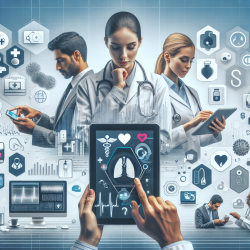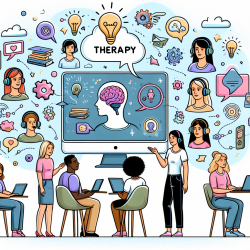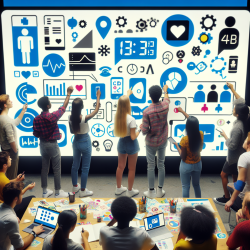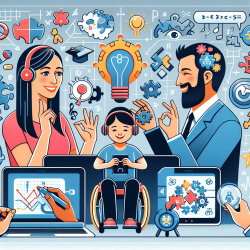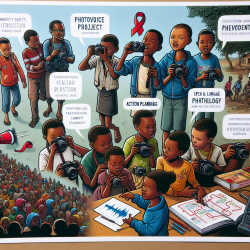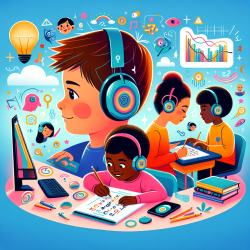Introduction
The rapid evolution of digital technology has transformed the way healthcare is delivered and managed. Health and medical apps have become integral tools in this transformation, offering new opportunities for enhancing patient care and outcomes. As a practitioner in the field of speech-language pathology, understanding the distinctions and applications of these digital tools is crucial for optimizing therapeutic interventions and improving patient outcomes.
Understanding Health and Medical Apps
The terms "health app" and "medical app" are often used interchangeably, yet they serve distinct purposes and target different user groups. According to the research article "The Definitions of Health Apps and Medical Apps From the Perspective of Public Health and Law," health apps are designed to maintain, improve, or manage health through the processing of health-related data. They are accessible to health-conscious individuals, including medical laypersons, family caregivers, and health professionals.
On the other hand, medical apps are a subset of health apps with a specific focus on clinical and medical purposes. They are often used by healthcare professionals and patients for diagnosing, monitoring, and managing medical conditions. Medical apps can be regulated as mobile medical devices, ensuring they meet specific safety and quality standards.
Implications for Practitioners
For practitioners, the distinction between health and medical apps is vital for selecting the appropriate tools for patient care. Here are some key considerations:
- Target Audience: Health apps are generally aimed at a broader audience, including individuals seeking to improve their general health. In contrast, medical apps are designed for healthcare professionals and patients with specific medical needs.
- Regulatory Compliance: Understanding the regulatory status of an app is crucial. Medical apps may be subject to stringent regulations, ensuring they are safe and effective for clinical use.
- Data Security: Both health and medical apps handle sensitive health data. Practitioners should ensure that any app used in therapy complies with data protection regulations to safeguard patient privacy.
Encouraging Further Research
While the current research provides a foundational understanding of health and medical apps, further exploration is needed to fully harness their potential in clinical practice. Practitioners are encouraged to engage in ongoing research to evaluate the effectiveness of these apps in speech-language therapy and other therapeutic contexts. This can involve conducting clinical trials, gathering patient feedback, and collaborating with app developers to refine app functionalities.
Conclusion
Health and medical apps offer significant potential for enhancing therapeutic interventions and improving patient outcomes. By understanding the distinctions between these digital tools and staying informed about regulatory requirements, practitioners can make informed decisions about integrating apps into their practice. Embracing a data-driven approach and engaging in further research will be key to unlocking the full potential of digital health technologies in speech-language pathology.
To read the original research paper, please follow this link: The Definitions of Health Apps and Medical Apps From the Perspective of Public Health and Law: Qualitative Analysis of an Interdisciplinary Literature Overview.
